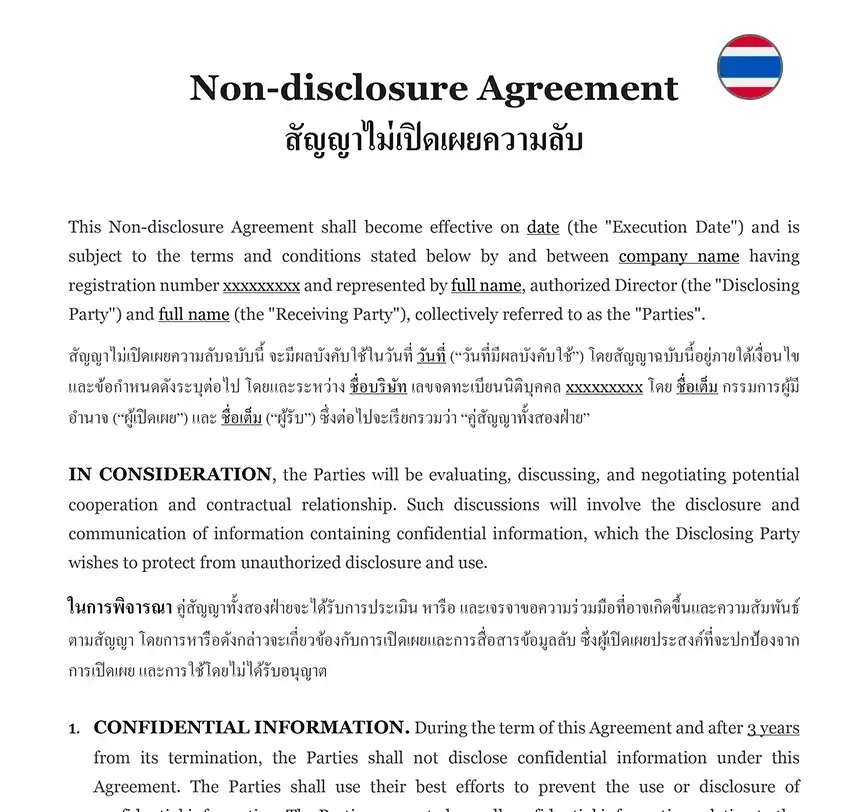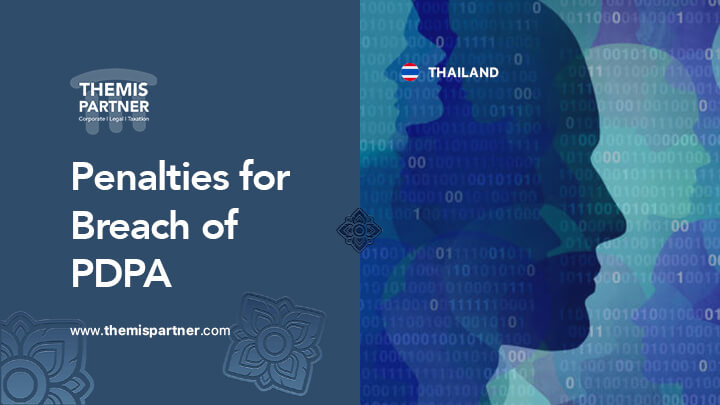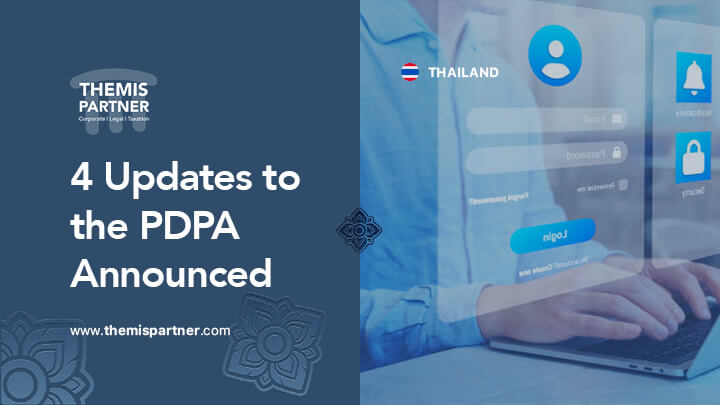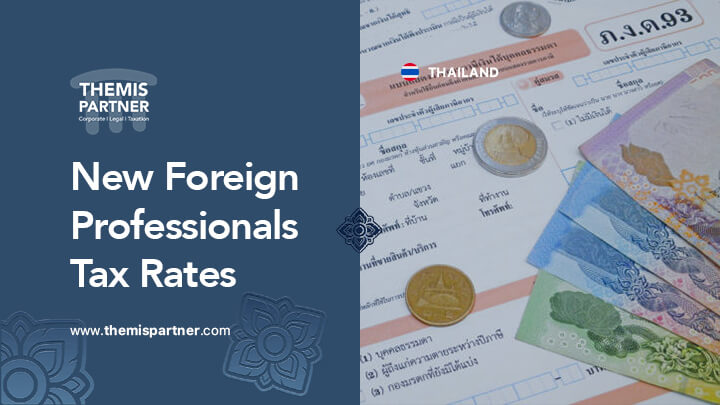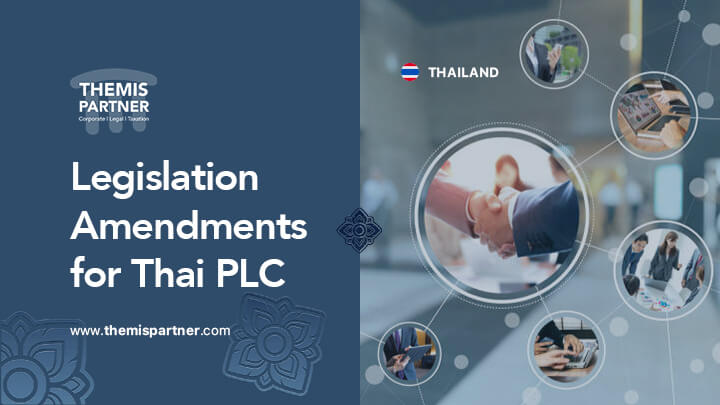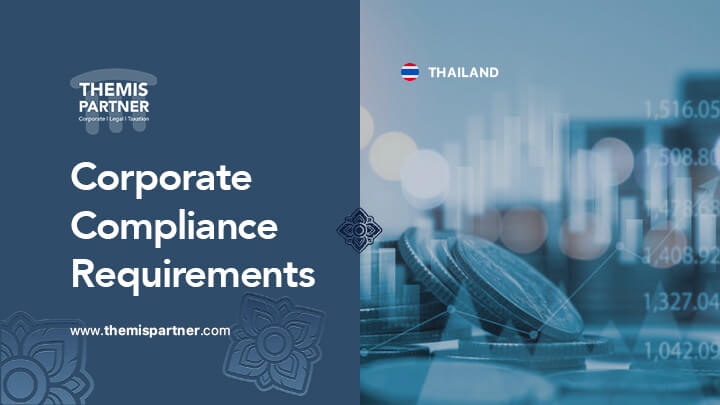Confidentiality agreement: how to protect our information?
A confidentiality agreement or non-disclosure agreement is a contract between two parties in which one party discloses information and the other party is the recipient of that information. Each party can be both the discloser and the recipient of the information. This depends on the purpose and nature of the disclosure.
First, this type of confidentiality agreement can be established in any type of contractual relationship. It can be an agreement within a business relationship, an employment contract, for example, to ensure that an employee does not disclose any information considered sensitive, at the risk of incurring contractual liability.
In an employee confidentiality agreement, it is usually stipulated that the party receiving the information undertakes not to disclose the confidential information. During an agreed period, the subject matter of the disclosure may vary depending on the transaction or relationship of that contracting party, such as disclosure or access to information due to employment within the company or joint venture. In addition, the parties may also be able to agree on other responsibilities such as duties and measures to prevent and control disclosure of information.
What is typically included in a confidentiality agreement?
The confidentiality agreement is a freely drafted contract and depends on the will of the parties. However, certain information must be included in order for the agreement to serve as a safeguard and protection for you.
1. It is necessary for the discloser to clearly define the scope of the confidential information, including which groups and types of information are not included in the agreement. The sensitive information that the parties wish to protect must be sufficiently identifiable to allow for proof of breach of the confidentiality obligation. Thus, if you are sufficiently clear and specific about what information is to be withheld, your counterparty will be less free to act and this will reduce the risk of harm to the information owner.
2. The parties may agree on the duration of the confidentiality obligations. The discloser or provider of information may require that the recipient have an obligation to keep the information secret until such time as the business secret is no longer considered a business secret. As a general rule, when entering into a confidentiality agreement in connection with legal acts or other transactions, such as the hiring of workers, the period of confidentiality is set with reference to the term of the contract from which the confidentiality agreement was concluded.
3. The parties may agree on a fine for breach of the agreement. They can then determine the damages in advance in case of breach of contract.
4. The confidentiality agreement also designates the competent court in case of a dispute.
What is the benefit of a confidentiality agreement?
The conclusion of a non-disclosure agreement is quite crucial for a company. Indeed, it can allow the company to protect itself against its competitors by protecting its sensitive information. When a company is considering passing on confidential information, it is protecting itself by preventing the other party from taking advantage of the exchanged data and exploiting it for economic purposes.
For example, if you are planning to create a brand new product for which you are using an outside salesperson to do the marketing. The non-disclosure agreement will ensure that your know-how will not be used to your detriment and will preserve the confidentiality of your research.
When should a confidentiality agreement be signed?
The owner of the information can have the other party sign a non-disclosure agreement during the talks; that is, at the time of contract negotiations. The pre-contractual agreement can mutually commit the parties not to disseminate or exploit information deemed confidential.
In the context of an employment relationship, the conservation of professional secrets is naturally integrated into the employment contract. It therefore takes the form of clauses stipulating the employee’s discretion with regard to the company data to which he has access.
ℹ️ In the context of a partnership, the agreement will take the form of a clause inserted in the partnership contract.
What are the penalties for breaching a confidentiality agreement?
In the event of a breach of a confidentiality agreement, one of the parties is liable for failure to comply with the terms of the agreement. This contractual breach is sanctioned by damages.
It is possible to include a penalty clause in the confidentiality agreement. This clause will determine in advance the amount of damages to be paid in case of breach of the agreement.

How to protect your company's confidential information?
Here are some tips on how to protect your company’s confidential information:
1. In order for a company to take legal action when information it considers personal is disclosed, it must demonstrate that it has taken steps to protect its trade secrets. Your company must therefore do everything in its power to protect information considered confidential.
2. We strongly recommend that you enter into confidentiality agreements. The company must ensure that those with whom the trade secret is shared agree not to disclose it. This can include employees of the company as well as business partners. The company must act quickly and draw up this type of contract before any confidential data is transmitted.
3. It is strongly advised to train its employees to respect confidential information. The employment contract of all employees would imperatively include an obligation of confidentiality.
4. The company will also take care to control external access to confidential information. Every company must secure its data and train its employees to be as vigilant as possible online.
5. To best protect business secrets and to avoid any challenge in court during a potential lawsuit, it is recommended to identify a priori the data considered as confidential. This can be done in several ways: by marking a particular document as “confidential”; by recording essential information in an internal register of business secrets…
6. The company should ensure regular monitoring and at least annual review of the protection procedures, and may assign responsibility for the protection of trade secrets to a person or team within the company.
Obtain confidentiality agreement
310 client reviews (4.8/5) ⭐⭐⭐⭐⭐

